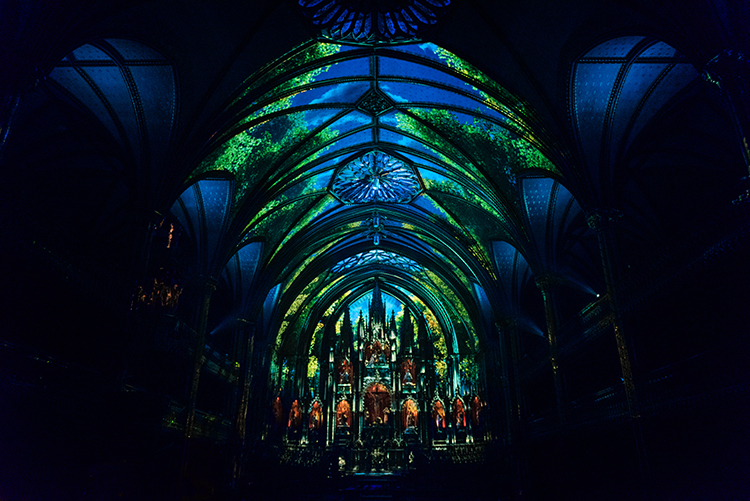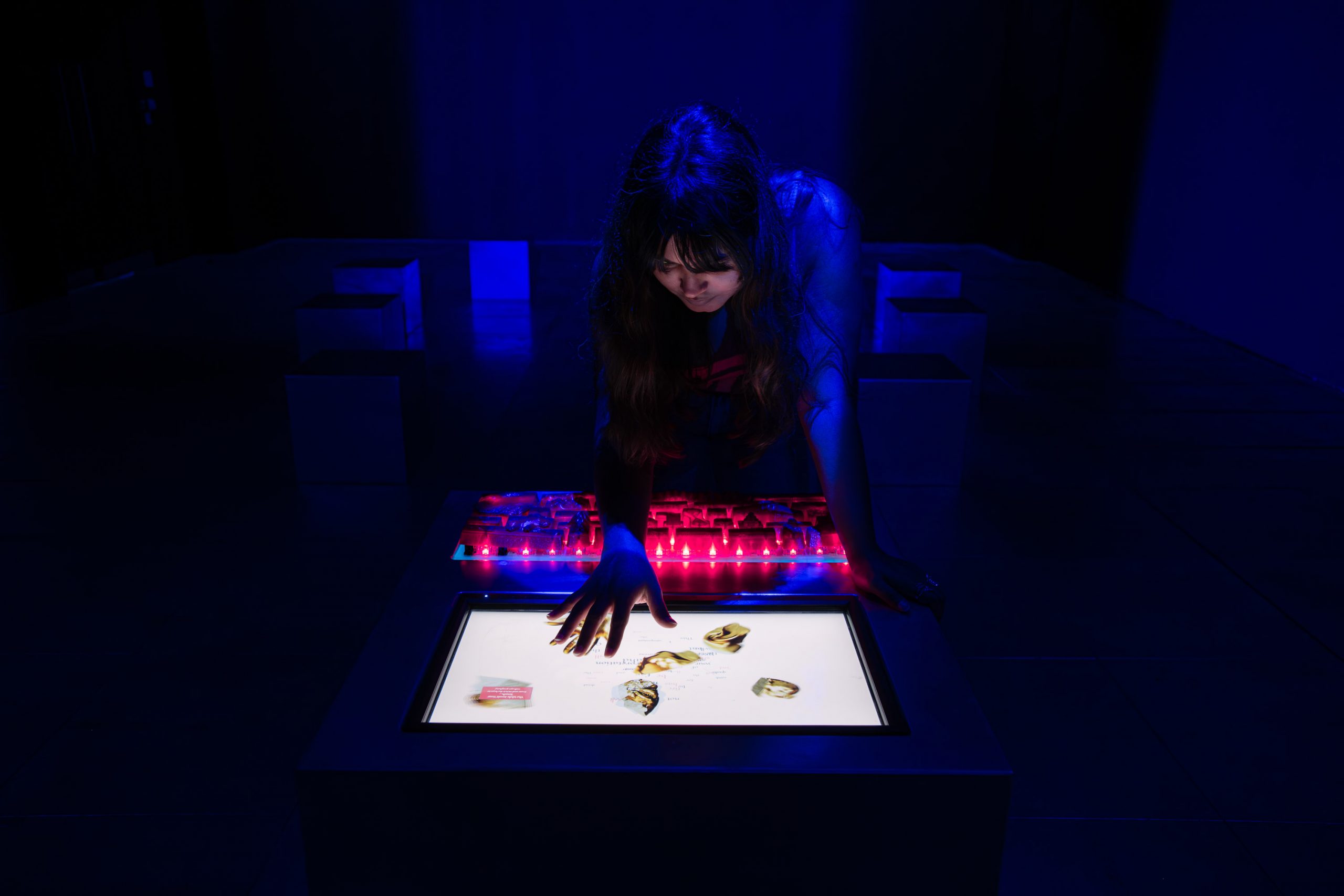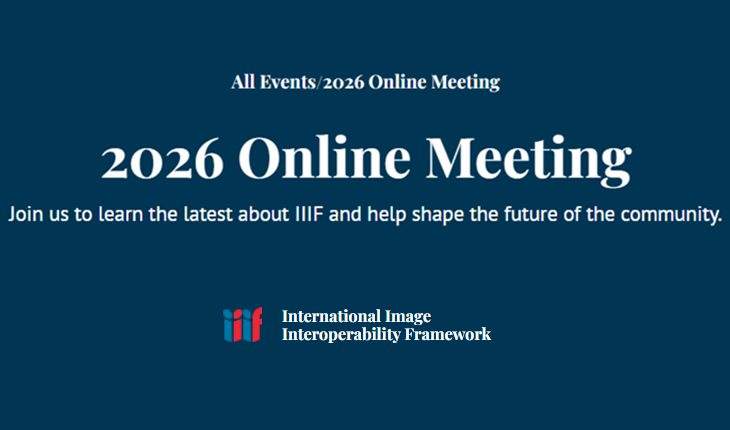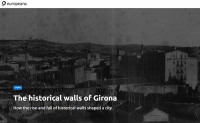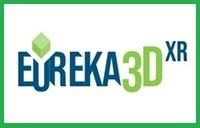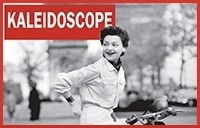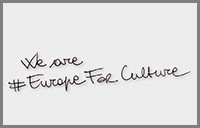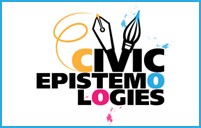
The next edition of CHNT (Cultural Heritage and New Technologies – www.chnt.at) will be organized in cooperation with the EG GCH (Eurographics Symposium and Graphics Cultural Heritage) and other partners (will be announced soon) in the City Hall of Vienna Austria. viThe aim of this federated event is again to bring different communities in the same venue, to share experiences and discuss methodologies concerning digital visual media and their use in the context of heritage applications, to document digitally on at-risk archaeological sites, historical buildings, museums… and their texts, books, paints, pictures, objects …all records of through collecting original image collection’s source.
The 2018 edition will be a special event, since 2018 has been declared by the European Commission the “European Year of Cultural Heritage”. The event will also take place during the Austrian Presidency of the Council of the European Union, at 2nd half of 2018.
Therefore, Visual Heritage 2018 will be an ideal context for discussing European policies on digital heritage and digital humanities.
CALL for SESSIONS, PANELS, ROUND TABLES, WORKSHOPS and ADVANCED ARCHAEOLOGICAL TRAININGS
We invite everybody to send us your proposals to organize a session, panel, workshop, round table, tutorial or advanced archaeological training.
Content of the proposal
- Title of the session, ….
- Name of chairs / organizer (max. 2)
- Description of the planned session,… (200 – 300 words)
- Target group
- Specifics
- Deadline: January 20, 2018
- Notification: February 1, 2018
Please send your proposal to – kongrarchae@stadtarchaeologie.at




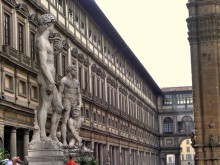
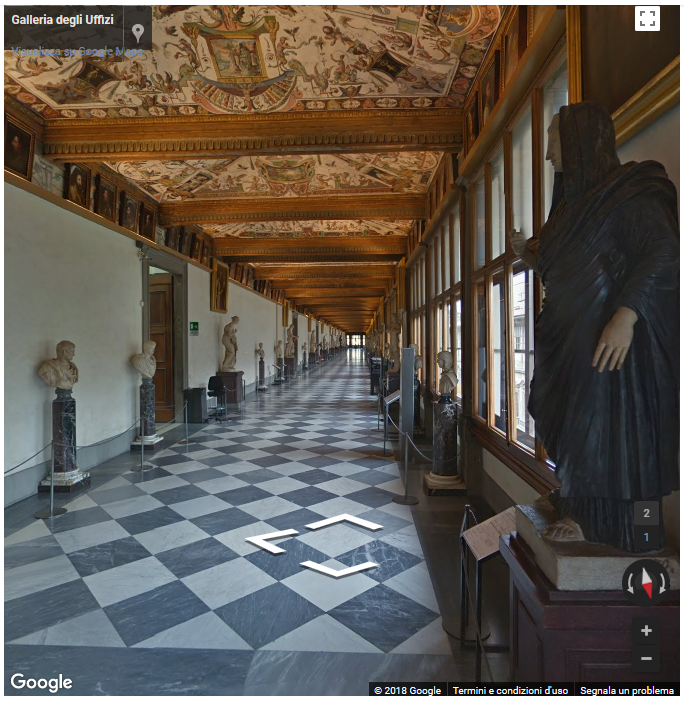

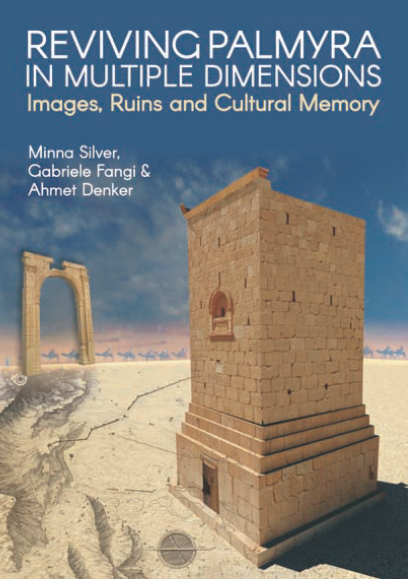 Reviving Palmyra in Multiple Dimensions, images, ruins and cultural memory is a book released in February 2018, by Minna Silver, Gabriele Fangi and Ahmet Denker. This is a classic example of digital archaeology and virtual reconstruction and is a beacon for the recording of international cultural heritage. It provides a comprehensive and fascinating study of this World Heritage Site in Syria, lifting it from the ruins.
Reviving Palmyra in Multiple Dimensions, images, ruins and cultural memory is a book released in February 2018, by Minna Silver, Gabriele Fangi and Ahmet Denker. This is a classic example of digital archaeology and virtual reconstruction and is a beacon for the recording of international cultural heritage. It provides a comprehensive and fascinating study of this World Heritage Site in Syria, lifting it from the ruins.







